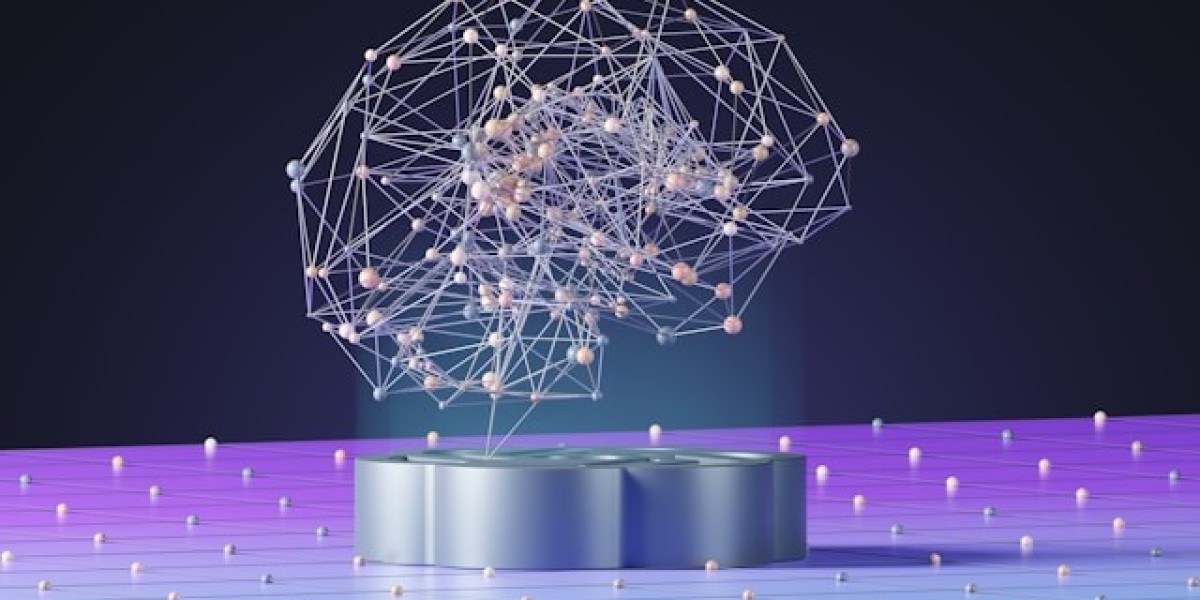Neurology is one of the most complex fields in medicine, requiring sharp attention to detail and continuous monitoring of brain activity. Traditionally, neurologists and technicians relied heavily on manual interpretation of EEG (electroencephalogram) results to diagnose conditions like epilepsy, seizures, and brain injuries. But that’s changing fast.
Thanks to the rise of AI-driven EEG software, neurology clinics and Epilepsy Monitoring Units (EMU labs) are undergoing a powerful transformation. Advanced systems—such as those developed through platforms like Neuromatch—are helping medical professionals analyze brain signals more quickly and with greater accuracy.
This article explains six important ways AI EEG technology is reshaping how neurological care is delivered.
1. Faster and More Accurate Diagnosis
One of the biggest benefits of AI in EEG software is speed. Traditionally, reviewing EEG data took hours, especially for long-term recordings. AI shortens this time drastically.
AI models automatically scan through vast data streams to detect abnormalities.
Algorithms can recognize patterns that might be too subtle for the human eye.
The time saved allows neurologists to focus more on patient care and less on manual interpretation.
Neuromatch, for example, supports research-backed tools that assist in developing machine learning algorithms tailored for EEG data, pushing diagnostic precision to new levels.
2. Real-Time Seizure Detection
In EMU labs, real-time monitoring is essential. Patients are often observed for several days while their brain activity is recorded. AI-based EEG systems now allow:
Immediate detection of seizure events as they occur.
Alerts sent directly to clinicians and caregivers, enabling faster interventions.
Reduction in false alarms through smart learning models.
This real-time capability is particularly important in critical care or ICU settings, where every second counts.
3. Predictive Analytics for Better Treatment Plans
AI EEG systems do more than identify seizures—they can predict them. Through historical data and machine learning, the system can recognize pre-seizure brain activity trends.
With predictive analytics, neurologists can:
Adjust medication dosages proactively.
Plan surgeries or treatments with greater confidence.
Personalize care based on long-term brain behavior.
This approach turns passive observation into active prevention, enhancing the quality of life for many patients.
4. Efficient Data Management in EMU Labs
Managing the huge volume of EEG data from EMU labs is no small task. With AI integration:
EEG software automatically tags and organizes brainwave data.
Long sessions are broken into meaningful segments for easier review.
Clinicians can search specific events or types of brain activity without reviewing entire recordings.
Platforms inspired by Neuromatch’s open science approach help labs use community-shared algorithms to improve data filtering and storage.
5. Reducing Human Error in Neurological Reporting
Even the most skilled EEG technicians can miss subtle patterns during manual reviews, especially under time pressure. AI algorithms reduce this risk by offering:
Consistent and unbiased interpretation of signals.
Detection of micro-spikes or brief events that may be easily overlooked.
Tools for peer comparison and second opinions based on shared EEG patterns.
Many AI EEG platforms also provide visual overlays that show where the algorithm spotted abnormalities, giving neurologists a clear reference for cross-verification.
6. Enabling Remote and At-Home Monitoring
Neurology clinics are expanding beyond the hospital setting. With wearable EEG devices and cloud-powered software:
Patients can undergo EEG tests at home while AI analyzes the data in real-time.
Neurologists can remotely access EEG reports without needing patients to travel.
AI enhances mobile EEG reliability by filtering out motion or noise artifacts.
This is particularly valuable in rural or underserved areas, offering patients access to high-quality neurological care regardless of location.
The Role of Neuromatch in AI EEG Innovation
Neuromatch is more than a tool—it’s a community-led platform designed to advance neuroscience through collaboration. Their work enables developers and neurologists to:
Access standardized EEG datasets for training AI models.
Test and validate new algorithms against real-world brain data.
Participate in workshops that blend neuroscience with machine learning.
By supporting open research and algorithm sharing, Neuromatch is helping clinics and labs adopt cutting-edge solutions faster and more ethically.
Conclusion
AI EEG technology is not just a trend—it’s a significant leap forward in the way neurological disorders are diagnosed and managed. From faster diagnoses to better seizure prediction and even at-home monitoring, EEG software powered by AI is bringing major improvements to both neurology clinics and EMU labs.
With platforms like Neuromatch helping lead the way, the future of brain health looks more connected, accurate, and patient-friendly than ever before. For clinics looking to stay ahead, investing in AI EEG solutions is no longer optional—it’s essential.

